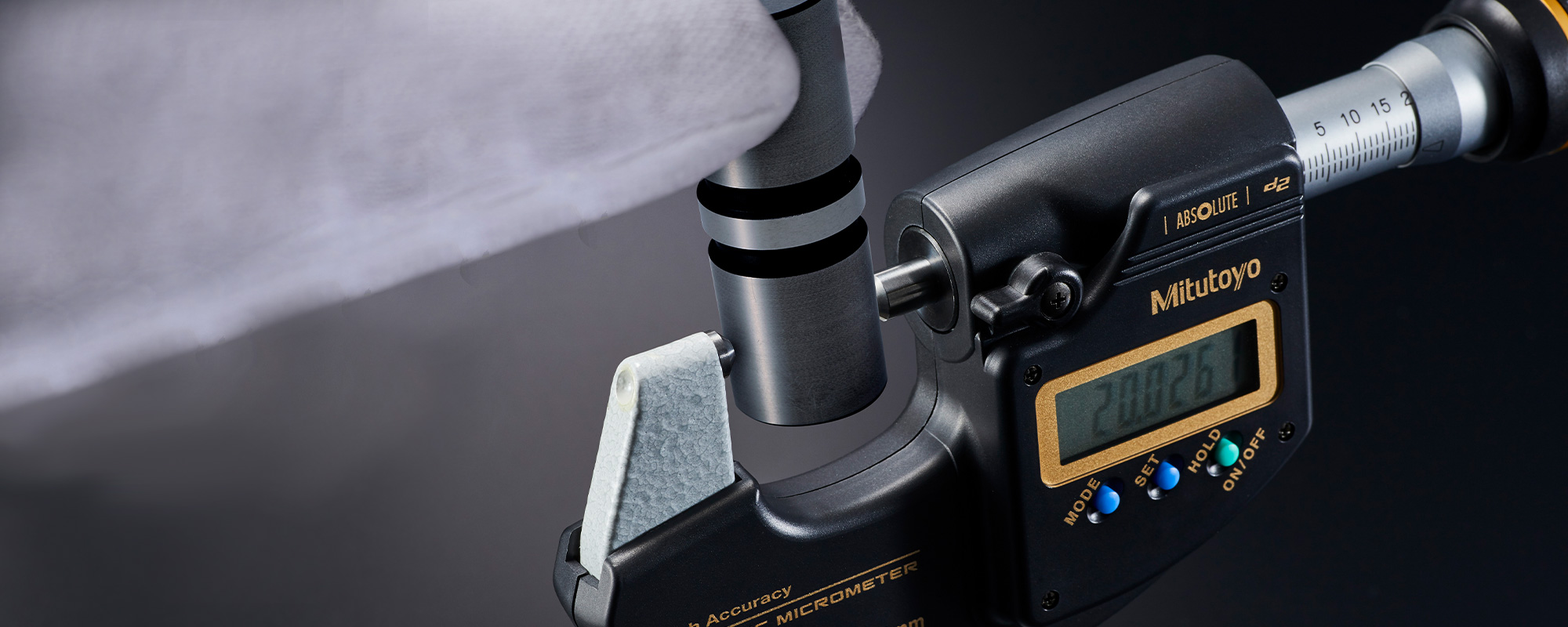

What is Statistical Process Control?
SPC itself will not make improvements. However, SPC will give the operator a tool to identify when a special cause of variation has entered the process so that the special cause can be eliminated. With this tool, constant adjustment of the process is eliminated. In addition, SPC can be helpful in identifying opportunities for improvement that can lead to reduced variation and processes that are better aimed at their target.
SPC involves:
- Determining the critical process parameters that need to be monitored
- Setting up an initial control chart and confirming that the process is in-control
- Collecting and plotting future data on the chart and interpreting the chart to determine if the process has gone out-of-control

Statistical Patterns
MeasurLink is designed to detect and display patterns and provide additional statistical information. Many patterns can be seen appearing on SPC charts, including:
- Cycles
- Trends
- Freaks
- Mixtures
- Grouping or “bunching” of measurements
- Gradual change in level
- Sudden shift in level
- Instability (abnormally large fluctuations)
- Stratification (abnormally small fluctuations)
- Interactions (two or more variables acting together)
- Systematic variation
- Tendency of one chart to follow another
Learn More About SPC
There are a number of reasons why companies use SPC. Often an internal champion initiates the use of control charts and other SPC techniques to reduce variation and to improve manufacturing processes. Sometimes companies implement SPC to satisfy customer requirements or to meet certification requirements.



